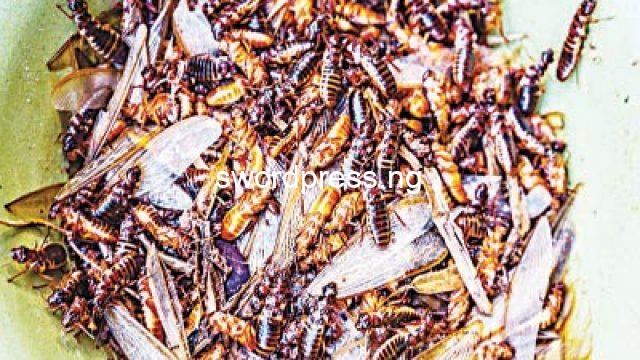680 views, 2 views today
Eating insects, from grasshoppers to worms, is common in many communities around the world. Can DNA barcodes help protect them and their culinary traditions for future generations? Martin Boyma eats crunchy dried termites under a large mango tree in the village of Maupier in northeastern South Africa. As a child, he eats a local insect called “mekeke”, which he takes out of long grass piles to dry or fry. Today he hands out homemade termite protein bars, served with cheese or chocolate flavors, to excited villagers. It’s part of a series of taste tests he’s conducting at his new insect-based food company. He will share her culinary and academic fascination with edible insects with Bronwyn Egan, a zoologist at the University of South Africa in Limpopo. For the past two years, he has worked closely with Boima and other locals to gather knowledge about edible insects and specific specimens. Strengthening science through traditional knowledge
It seeks to build a scientific understanding of this species as a first step towards their conservation. By some estimates, 40% of insect species could disappear globally in the next few decades. It is mainly caused by habitat loss due to intensive land conversion, urbanization and pesticide use. Removed from the termite pile
Egan is concerned that South Africa’s poor taxonomy will make it difficult to accurately measure the extent of biodiversity loss there. “I don’t even have a name for everything that goes missing every day,” he said. By enriching science with traditional knowledge, Egan hopes his projects will help protect insects, a particularly valuable source of food for communities.
Catching, cooking and eating whole insects is common in many rural areas of South Africa, including the Bolovedu region in the highlands south of Limpopo, where the Boima live. “I love insects,” he says, because of the earthy, nutty taste. “It’s always delicious no matter how you cook it.”
Earthworm stew is a traditional and nutritious food of Mopye Village.
Boima and other field staff work with Egan to share the names, locations and behaviors of local edible species to protect and promote insects and support the knowledge that insects treasure. Today he shows her how he eats his dinner in the fields near his village. He shakes the plants with a leafy branch, causing grasshoppers – or “ditšie” – to leap into his waiting hands. barcode for biodiversity
A portion of his prize money goes into Eagan’s plastic lab bag. Eagan preserves the sample in alcohol and records the identifying information. A selection of stored samples will be sent nationally to Barbara van Asch, Senior Lecturer in Genetics at Stellenbosch University.
Martin Boima is happy to donate his grasshoppers to help with scientific research
Van Asch sequences the insects’ DNA to create a genetic barcode. This information, together with other classifications such as genus and scientific name, are then added to databases such as the International Barcode of Life -a global library of genetic information for various species that aims to protect biodiversity. So far, the Limpopo samples have given Van Asch nine “ethnic species” (groups of animals defined by the community, not the Western scientific classification system). Similar work has been done on other edible insect populations in Asian countries, but African studies are often overlooked in academia, van Asch explains. “It’s like we’re bringing them to life,” he said. “But only from us, because it [already] exists from the community.”
danger to the environment
This painting shows the land beyond the green fields that once had locusts. Now there are few and the leaves are turning brown, he explains. The owner is suspected of having sprayed pesticides to prepare the land for development or conversion to agriculture. Bronvvin egan scientist wants to participate in traditional education
In addition to the current barcode work, Van Asch plans to seek funding to build a pilot project that will test how South African families can set up small farms. The results of our study with Egan will help you decide which species are best for you. A study from the University of Bonn in Germany this year concluded that while agricultural insects have the potential to grow as an industry, the suitability of insects and the investment and policy structures needed to support them should be reviewed.
However, Eagan believes that linking traditional knowledge from a region like Limpopo with scientific data will help determine which species can be traded. For example, soldier termites that appear year-round would be a better choice than seasonal flying termites.
Boima plans to sell his termite protein soon and hopes to eventually recruit others to the area. He is also passionate about teaching people the value of this traditional knowledge. “We need to know that these insects are very important to our culture and that we can live because of them,” he said. “So we have to take care of them.”
The post Termites on the menu: protection against edible insects . www.wild.com.ng first appeared on SwordPress.NG !.





